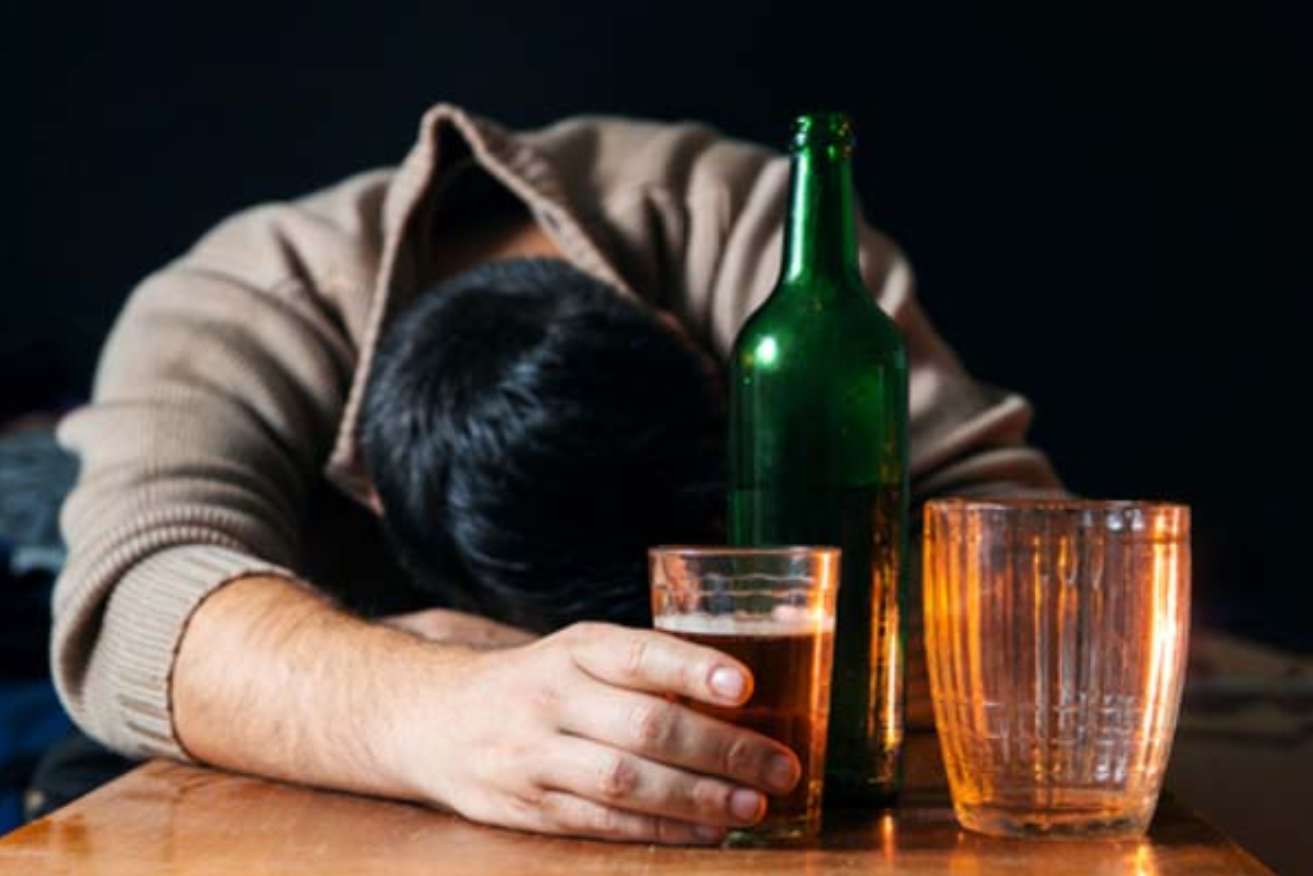It is obvious how crucial it is to drink responsibly when you consider how alcohol affects the body and the many states of intoxication.
Acknowledging your alcohol problem is the first stage toward wellness. It would be best to have medical care, treatment, and encouraging people.
By consuming less alcohol and leading a healthier lifestyle, people may overcome their alcohol addiction and regain control of their lives. They can therefore anticipate a more promising future devoid of booze.
Table of Contents
ToggleDo You Know What Drunkenness or Intoxication Is?
Drunkenness or intoxication is a condition that occurs when a person continues to drink alcohol.
Factors in the progression of alcohol poisoning,
- Gender
- Body weight
- Rate of consumption
- Amount of alcohol consumed
- Whether the person drank on an empty
Feeling tipsy is the first indication that alcohol is affecting the body. Men get intoxicated after getting 2-3 alcoholic beverages in an hour, but women become drunk following 1-2 glasses.
Blood Alcohol Content (BAC) checks alcohol levels. There are various stages of intoxication that can be experienced while drinking alcohol. Let’s look at those stages.
Different Levels of Drunk: 7 Stages That You Should Know

There are different stages of drunkenness or intoxication in individuals. Each of those cases is characterized by specific symptoms and levels of impairment. Understanding these stages is essential to recognizing the effects of alcohol on the body and promoting responsible drinking habits.
Level 1: Sobriety
In this situation, the BAC is 0.03 – 0.05%, the person cannot be diagnosed as drunk, and the person has no symptoms.
Level 2: Euphoria
Euphoria is the next level which happens between 0.03 – 0.12% BAC. This level can be reached by a woman in 1 – 4 drinks and by a man in 2 – 5 drinks.
At the euphoria level, the following symptoms occur
- Memory and judgment were affected
- Less aware and less able to recognize the danger
- Difficulties processing information
Level 3: Excitement
BAC between 0.09 – 0.25% is the excitement stage, where they start to feel mental instability, bad judgment, and a big delay in their reactions. People around can recognize that the person is drunk.
At the excitement level, the following symptoms occur:
- Nausea
- Vomiting
- Loss of balance
- Slurred speech
- Impaired perception
- Memory loss
- Drowsiness
- Vision problems
- Clumsiness
Level 4: Confusion
This stage can happen to someone with a BAC between 0.18 – 0.30%. The person might not be able to stand on their own or keep falling down when they try to move. If a man drinks more than 5 drinks per hour or a woman drinks more than 4 drinks per hour, they may become confused.
At the confusion level, the following symptoms occur
- You might not know what’s going on at all
- You may have spurts of rage and a lot of trouble moving around
- It might be hard to stand up and walk
- You can “blackout” without losing awareness, or your consciousness can come and go
- You might not feel the pain, which makes you more likely to get hurt
Level 5: Stupor
It could occur if your BAC reaches 0.25 to 0.40 percent while you don’t know where you are. You won’t be able to gag since you won’t be able to breathe.
At the stupor level, the following symptoms occur:
- Choking
- Hypothermia
- Vomiting
- Seizures
- Irregular heart rate
- Eerie unresponsiveness
- Depression of breathing
- Not being able to stand up or walk
- Leading to choking and asphyxiation
Level 6: Coma
With a BAC between 0.35 – 0.45%, a person is at high risk of going into a coma. Respiratory and circulatory depression causes deaths, motor actions and reactions are impeded, and the body’s temperature is below average.
People experiencing this stage are more likely to experience life-threatening complications without medical intervention.
At the coma level, the following symptoms occur
- Reflexes are weakened
- Skin feels cool
- Slow and short breaths
- The heart rate may go down
Level 7: Death
If someone takes too much alcohol, it can make them stop breathing, which could die them. This is known as alcohol poisoning. If your BAC is 0.45% or higher, you are very likely going to die from alcohol poisoning.
The Centers for Disease Control and Prevention (CDC) claim that about 88,000 individuals die annually from drinking excessive amounts of alcohol.
What to Consider When You Develop an Issue with Alcohol?
Among the many prevalent kinds of abuse individuals have is booze. If this persists, it could impair your profession, wellness, and social life. If you’re having a problem with drinking, here are several things you can do:
- The initial phase is to recognize that you’ve got an alcohol issue and learn how drinking hurts the quality of your life.
- Furthermore, seeking help from someone in the medical field is an excellent idea, like a doctor or an addiction expert.
- Private counseling or therapy conferences with an experienced counselor can assist you in finding out the reason you drink excessively and building new methods to cope with it.
- Hang around with helpful and sympathetic individuals who can assist you in feeling healthier.
Healing from alcoholism is a procedure that never ends. While feeling stronger, consider your general well-being.
Conclusion
Recognizing how alcohol changes the body and intoxication levels is essential. Each phase features distinct signs and dangers, starting with sobriety and euphoria and finishing with joy, confusion, stupor, coma, and death.
Acknowledge your alcohol trouble, get medical assistance, seek counseling, create a support structure, and maintain life to its fullest. You can overcome alcoholism while living a life of wellness and joy by drinking fewer drinks and following the correct measures.

I am a passionate beer connoisseur with a deep appreciation for the art and science of brewing. With years of experience tasting and evaluating various beers, I love to share my opinions and insights with others and I am always eager to engage in lively discussions about my favorite beverage.
















